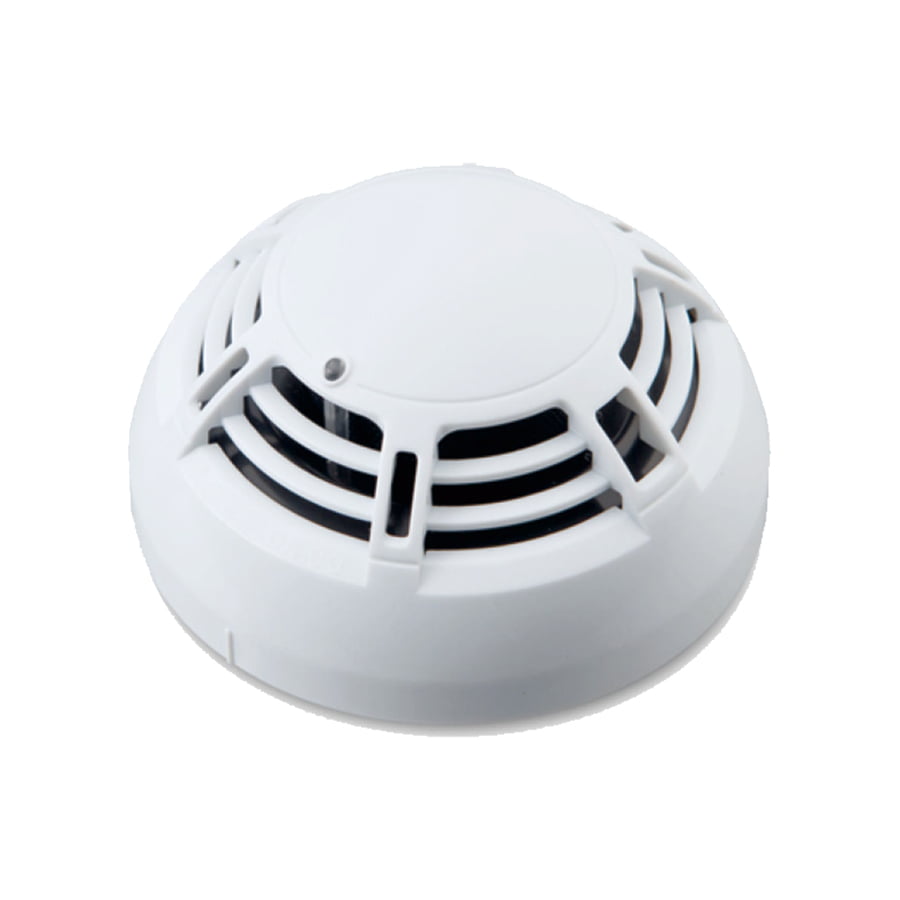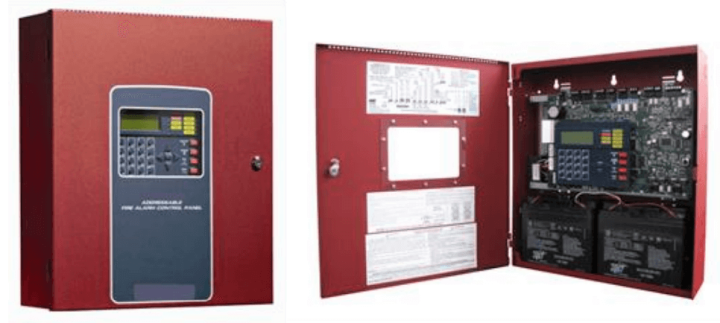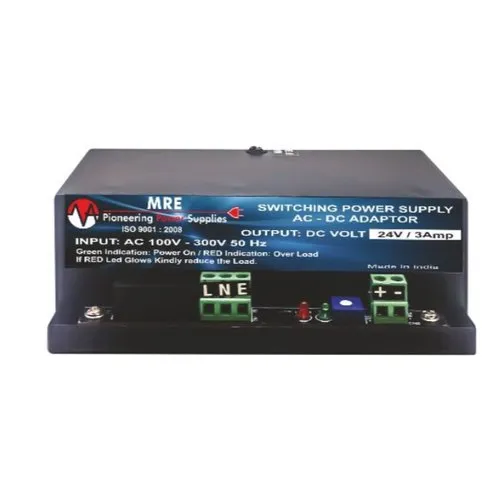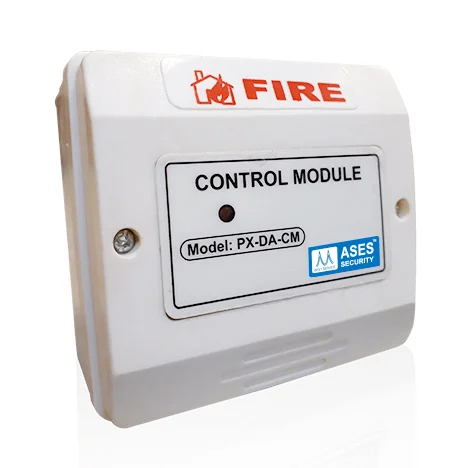FIRE ALARM SYSTEM
A fire alarm system is a critical safety device designed to detect the presence of fire or smoke and alert occupants to evacuate promptly. It is an essential part of any building’s fire safety measures and is crucial for protecting lives and property.
A fire alarm system typically consists of several components working together, including smoke and heat detectors, manual call points, alarm sounders, control panels, and notification devices. When a detector senses smoke, heat, or fire, it triggers the alarm system, which activates visual and audible warnings to alert building occupants and may also notify the fire department or monitoring service automatically.
Importance of Fire Alarm Systems:
- Early detection of fires, allowing quick response.
- Alerting occupants to evacuate safely and efficiently.
- Reducing fire damage and minimizing loss of life and property.
- Ensuring compliance with safety regulations and building codes.
COMPONENTS OF FIRE ALARM SYSTEM
-
Fire Detectors (Smoke, Heat, Flame Detectors)
Function: Detect the presence of fire or smoke. Smoke detectors sense smoke particles, heat detectors sense temperature increases, and flame detectors sense infrared or ultraviolet radiation from flames.

-
Manual Call Points (Break Glass or Push Buttons)
Function: Allow occupants to manually activate the alarm in case of fire detection or suspicion.

-
Fire Alarm Control Panel (FACP)
Function: Serves as the brain of the system. It processes signals from detectors and manual call points, activates alarms, and manages the system's operation.

-
Notification Appliances (Alarm Sounders, Strobes, Sirens)
Function: Alert occupants of a fire situation through audible and visual signals, prompting evacuation.

-
Power Supply
Function: Provides continuous power to the system, often with backup batteries to ensure operation during power outages.

-
Communication Devices (Addressable Modules, Interfaces)
Function: Facilitate communication within the system and with external fire services or building management systems.

ADDRESSABLE FIRE ALARM SYSTEM
An addressable fire alarm system is a sophisticated type of fire detection and alarm system where each individual device (such as smoke detectors, heat detectors, manual call points, and notification appliances) has a unique address. This allows for precise identification of the location of a fire or fault within the building, enhancing safety and maintenance efficiency.

Key Features of Addressable Fire Alarm Systems
- Individual Device Identification: Each device has a unique address, allowing the control panel to pinpoint exact locations of alarms or faults.
- Networked Communication: Devices communicate over a digital communication bus, enabling real-time status updates.
-
Enhanced Monitoring: Provides detailed information on device status, such as activation, fault, or maintenance needs.
- Flexible Configuration: Easier to add, remove, or modify devices without extensive rewiring.
- Improved Response Time: Precise location information helps responders act quickly and accurately.
Advantages over Conventional Fire Alarm Systems
- Easier troubleshooting and maintenance
- More accurate location detection
- Reduced false alarms
- Greater scalability for large or complex buildings
Note: More expensive and requires programming for adding new devices in FACP.
CONVENTIONAL FIRE ALARM SYSTEM
A conventional fire alarm system is a standardized type of fire detection system commonly used in buildings to alert occupants of a fire emergency. Here's an overview:

Key Features of a Conventional Fire Alarm System:
- Zone-Based Detection: The building is divided into zones, each with its own set of detectors and alarm indicators.
- Wiring and Control Panel: Detectors (smoke, heat, or flame) are wired to a control panel, which monitors signals from each zone.
- Manual Call Points: Allow occupants to manually trigger the alarm.
- Alarm Indicators: Visual and audible alarms alert occupants within the zone.
- Simple Design: Suitable for small to medium-sized buildings due to its straightforward wiring and installation.
How It Works:
- Detection: Smoke, heat, or flame detectors sense signs of fire.
- Signal Transmission: Detectors send signals to the control panel corresponding to their zone.
- Alarm Activation: The control panel activates alarms in the affected zone, alerting occupants.
- Notification: The system may also connect to external fire services or monitoring centers.
Advantages:
- Cost-effective for small to medium buildings.
- Easy to install and maintain.
- Clear zone identification helps in quick localization of the fire.
Limitations:
- Cannot pinpoint the exact location of the fire within a zone.
- Limited scalability for large, complex buildings.
- Wires can be cumbersome in extensive installations.
What We Do
Fire1 is a leading fire and safety provider in Kozhikode, Kerala — offering end-to-end protection services. We specialize in design, supply, installation, maintenance, and expert consultation.
Supply & Installation
Supplying and installing premium fire safety equipment for offices, industries, and commercial buildings throughout Kerala.
Annual Maintenance Contracts (AMC)
Annual Maintenance Contracts designed for businesses, hospitals, and commercial establishments to ensure uninterrupted fire protection and regulatory compliance.
Design & Government Approval
Expert system design and documentation support to meet Fire Department requirements and obtain fire safety approvals.
Fire Safety Consultation
Professional guidance, audits, fire risk assessments, and evacuation planning to protect life and property effectively.
